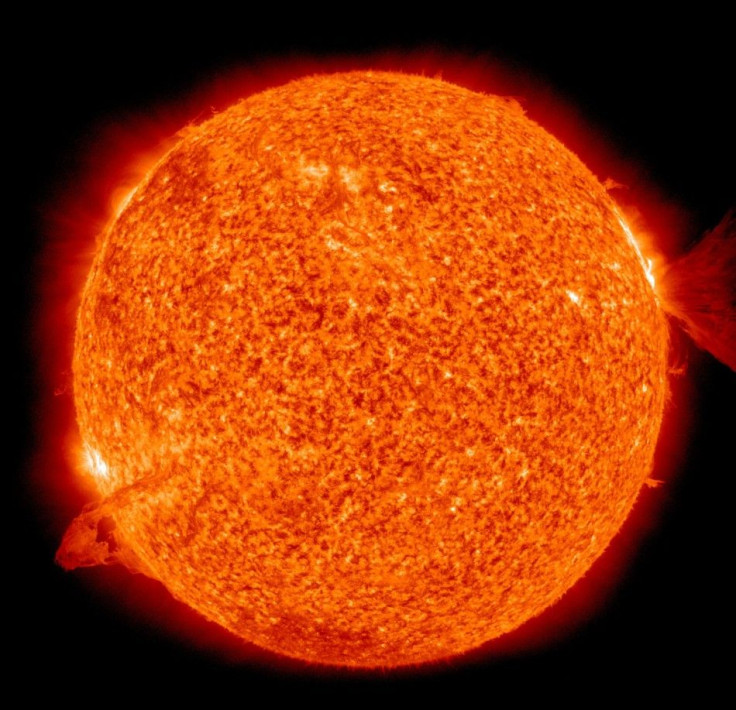Dangerous 'Superflares' From Sun Threaten Earth

Rare superflares from our Sun could one day destroy our planet. This is one of the latest doomsday theories for Earth which could blow up the planet into millions and trillions of tiny fragments. It just could be that our imagination is running wild on too much doomsday movies!
Well, scientists say superflares are for real. The sun is capable of producing monstrous eruptions that can breakdown communication and power supplies on Earth. The last observed eruption was in September of 1859, when huge quantities of hot plasma from a neighboring star struck Earth.
“If a superflare erupted from the sun, Earth would likely sit in the path of a wave of high-energy radiation. Such a blast could disrupt electronics across the globe, causing widespread blackouts and shorting out communication satellites in orbit,” explained Yuta Notsu, the lead author of the study. “Our study shows that superflares are rare events, but there is some possibility that we could experience such an event in the next 100 years or so.”
Notsu said superflares can be generated by mature, slowly rotating stars like the sun, though on a relative infrequent basis. His study presented evidence which suggests mature stars emit superflares "once every 2,000 to 3,000 years." However, its not so rare that Earth shouldn’t be worried about. What this indicates it that though the superflare "wouldn’t be enough to trigger an ecological calamity," it would "most certainly wreak havoc on mankind’s high-tech civilization."
Notsu says that superflares are not the same as geomagnetic storms, which are severe disturbances of Earth’s magnetic fields. The scientist describes superflares as large explosions on the surface of the Sun or stars. “If superflares occur on the Sun, they generate large plasma ejections, and if such ejections collide with Earth, very large magnetic storms are caused; large geomagnetic storms are results of superflares.” Notsu explained that superflares are considerably bigger in terms of their energy expenditure, with blasts being hundreds to thousands of times more powerful than anything observed on the Sun.
The Kepler Space Telescope, an observatory in space dedicated to finding planets outside our solar system, first detected the superflares by accident. Notsu said the study shows that superflares can occur once every 2,000 to 3,00 years and is "not clear about the next 100 years." But their investigations suggest the existence of large sunspots, which is a necessary condition for superflares.

© Copyright IBTimes 2025. All rights reserved.





















